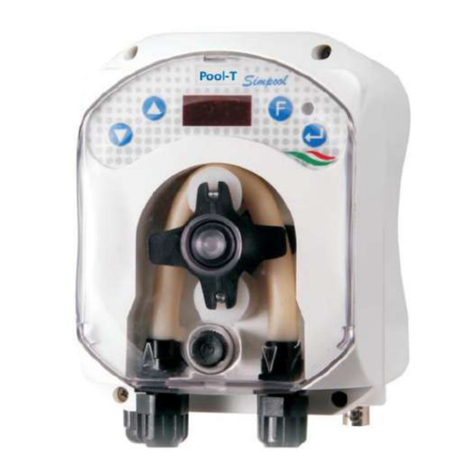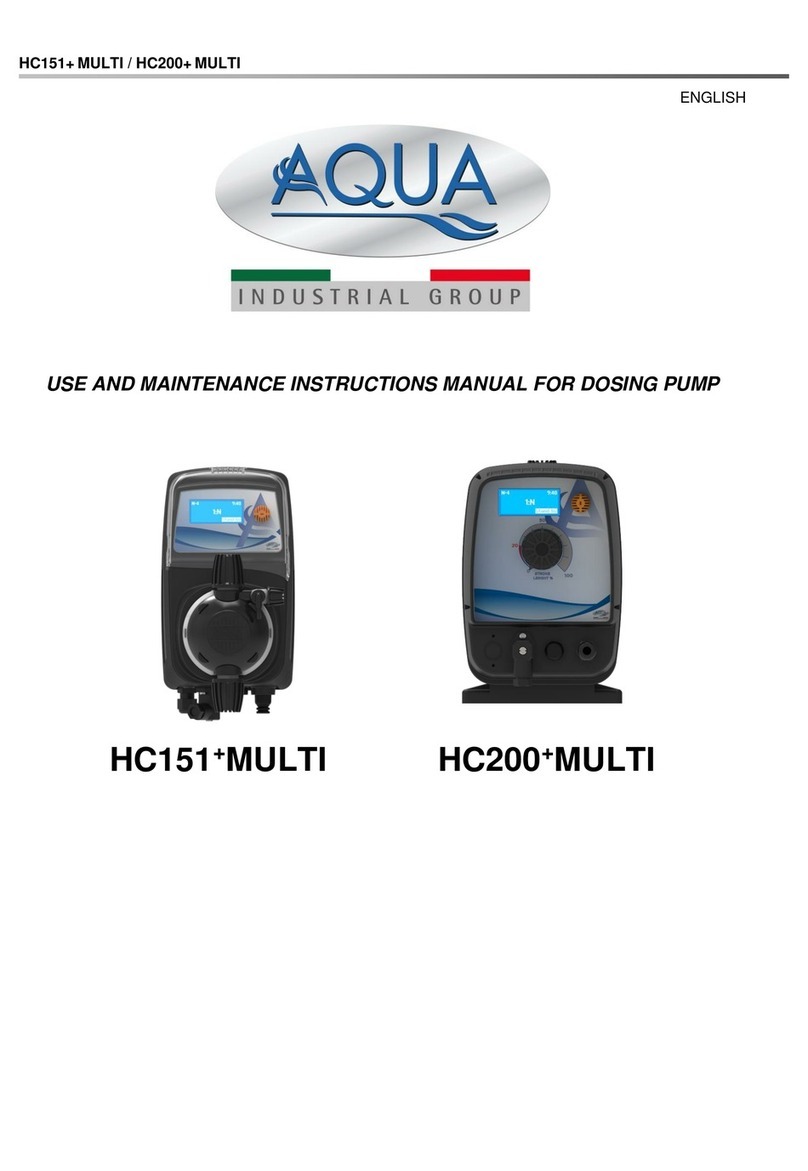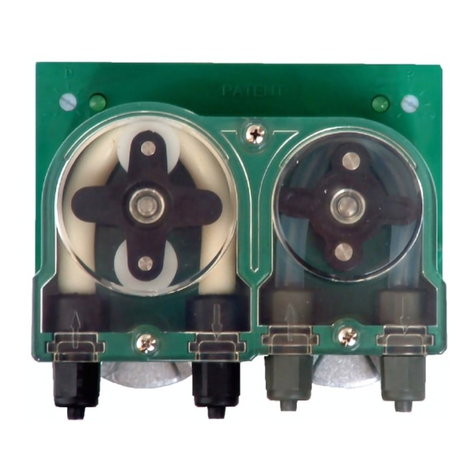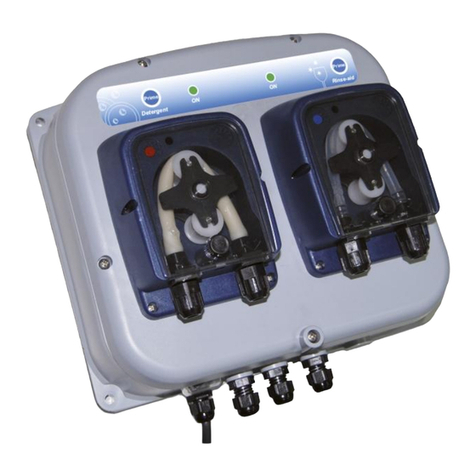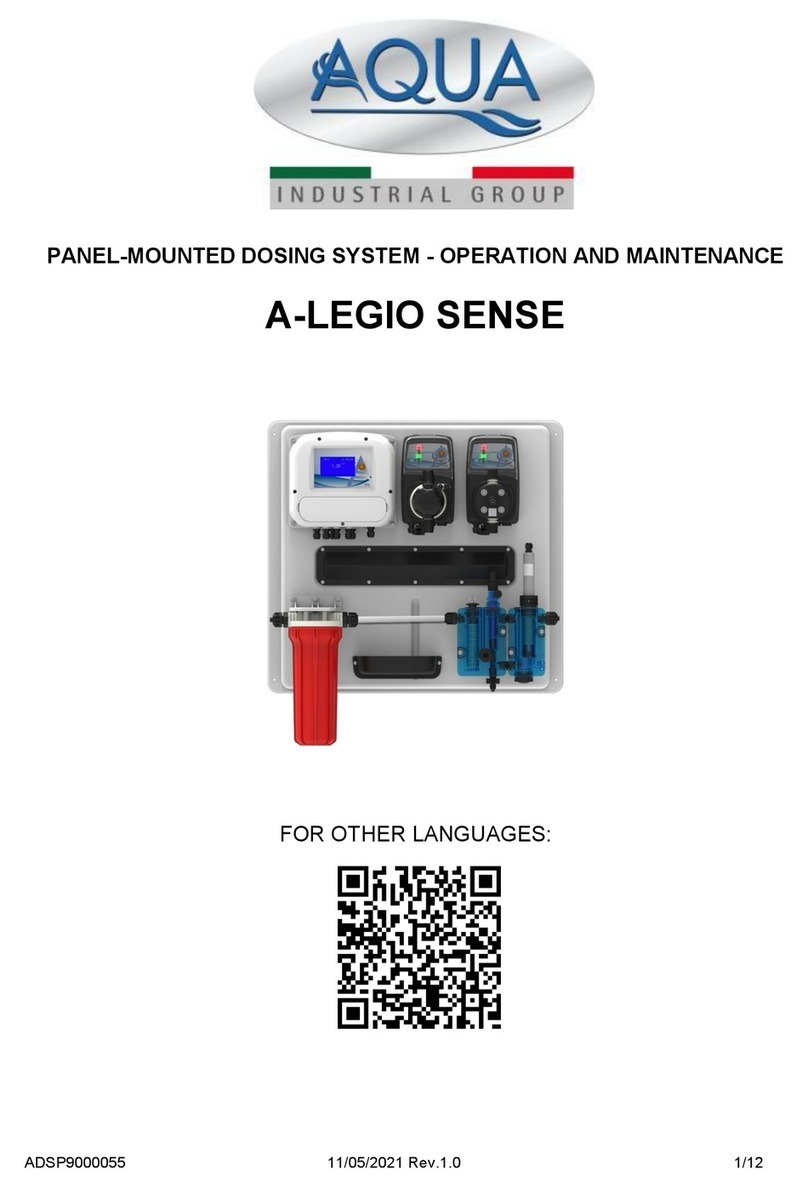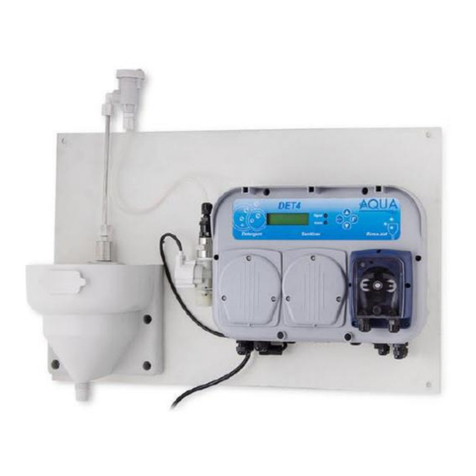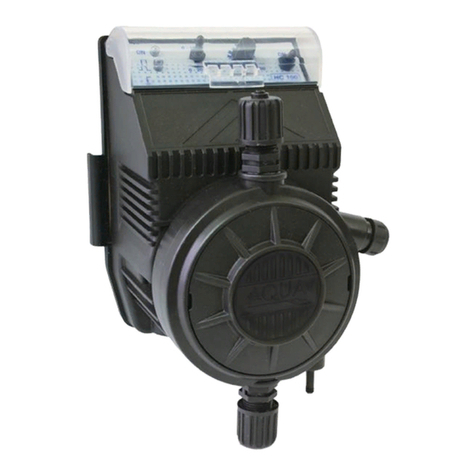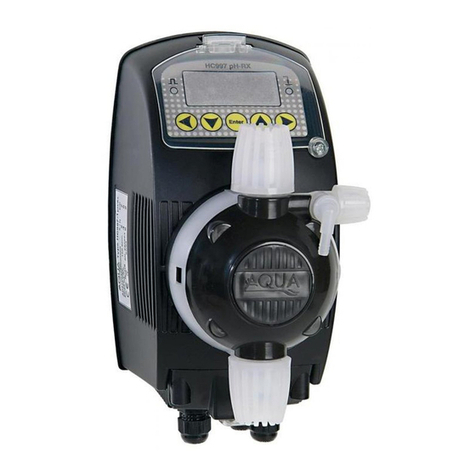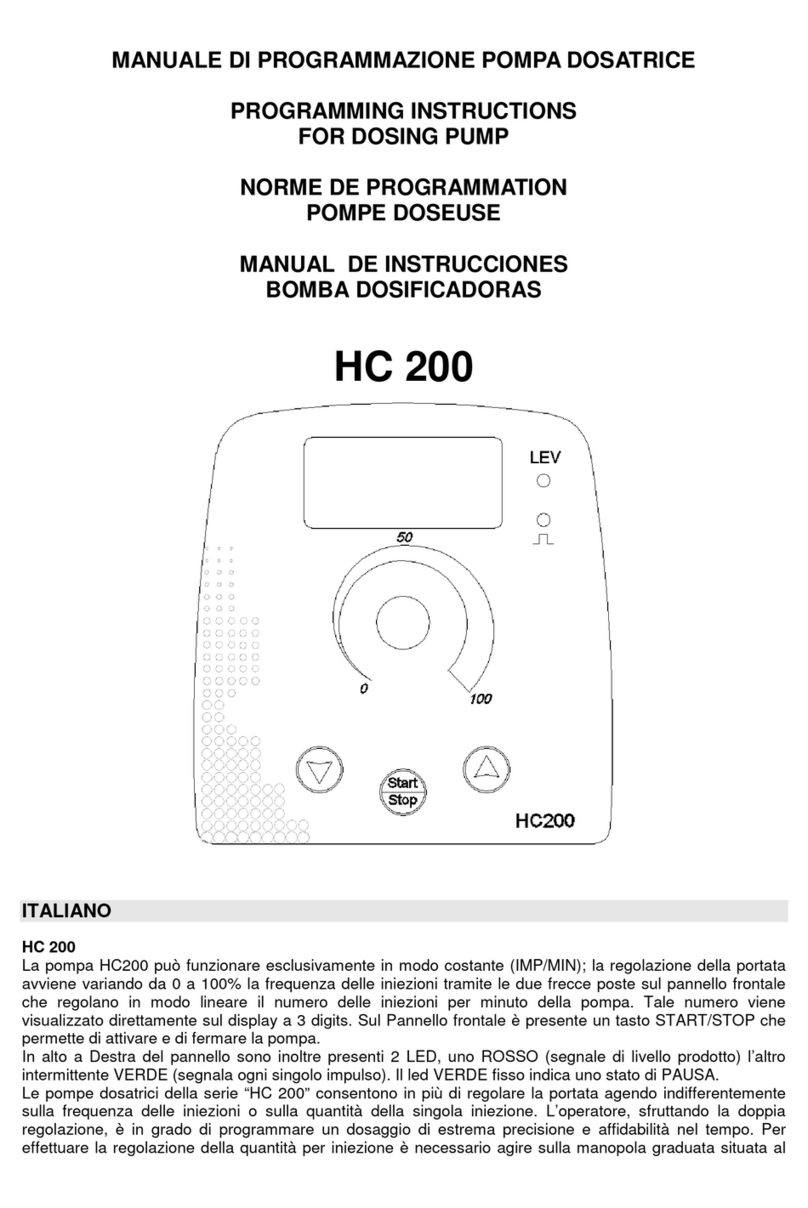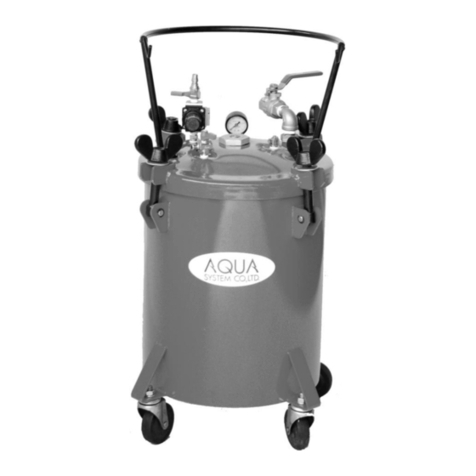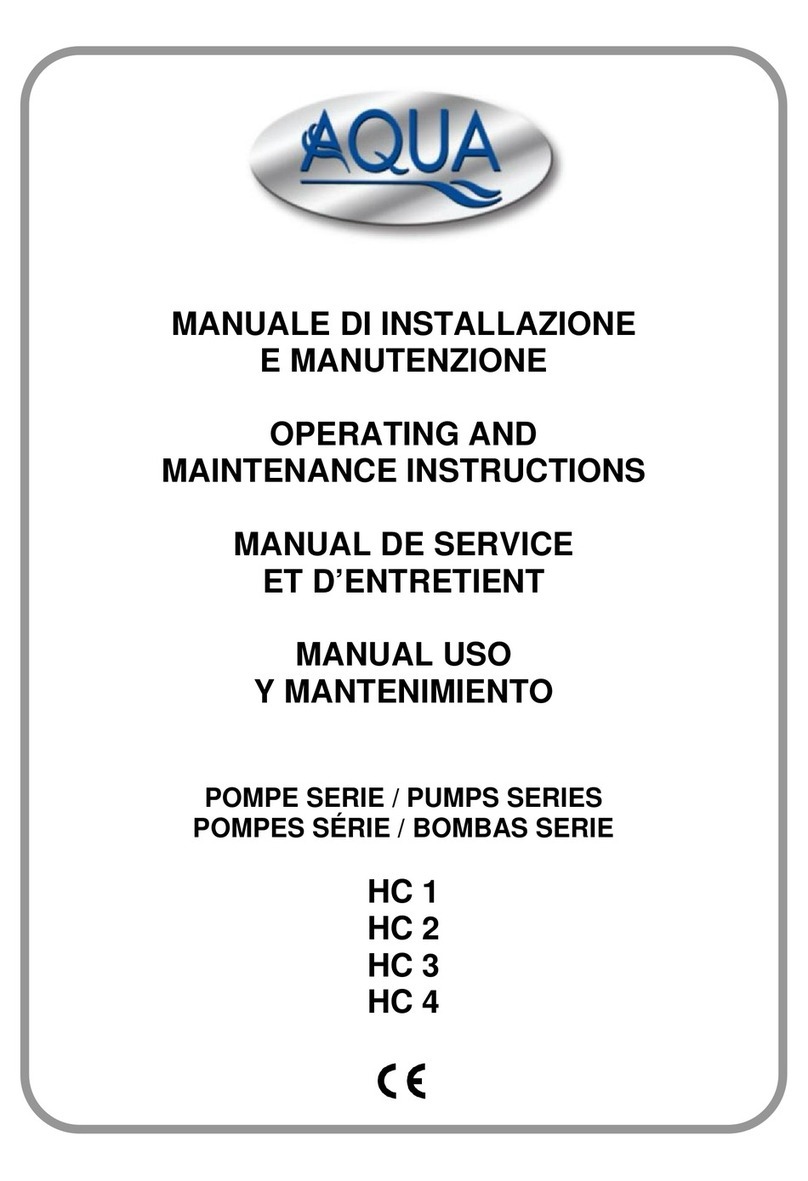Operating manual
AQUA S.p.A. ENGLISH Page 2
SUMMARY
INTRODUCTION......................................................................................................................................................................................3
RESPONSABILITY LIMITATIONS.......................................................................................................................................................3
VALIDITY.............................................................................................................................................................................................3
ENVIRONMENT AND SAFETY REQUESTS...........................................................................................................................................5
ICONS AND SUGGESTIONS IN THE FOLLOWING INSTRUCTIONS ................................................................................................5
POTENTALLY EXPLOSIVE AREA USE..............................................................................................................................................5
SAFETY VALVE ..................................................................................................................................................................................5
SUITABILITY AND CHEMICAL COMPATIBILITY CHECK...................................................................................................................5
ELECTROMAGNETIC COMPATIBILITY NOTE:..................................................................................................................................5
NOISE LEVELS...................................................................................................................................................................................6
VIBRATIONS.......................................................................................................................................................................................6
HOT SURFACE...................................................................................................................................................................................6
TRANSPORT, MOVEMENT AND STORAGE..........................................................................................................................................6
RECEIVEMENT CHECK......................................................................................................................................................................6
STORAGE...........................................................................................................................................................................................6
TRANSPORTATION AND RAISING ....................................................................................................................................................7
STANDARD PACKAGE.......................................................................................................................................................................7
DESCRIPTION.........................................................................................................................................................................................7
DATA STICKER...................................................................................................................................................................................7
LIQUID END MATERIALS ...................................................................................................................................................................8
FUNCTION PRINCIPLES ....................................................................................................................................................................8
USE RESTRICTIONS..........................................................................................................................................................................9
PREDICTED USE................................................................................................................................................................................9
RATIONALLY PREDICTED WRONG USE ..........................................................................................................................................9
FORBIDDEN USE..............................................................................................................................................................................10
FLOWRATE ADJUSTMENT SYSTEM...............................................................................................................................................10
MANUAL ADJUSTMENT WITH KNOB AND LINEAR VERNIER........................................................................................................10
TECHNICAL DATA............................................................................................................................................................................10
INSTALLATION.....................................................................................................................................................................................11
GENERAL INDICATIONS:.................................................................................................................................................................12
CONNECTION TO PLANT PIPES .....................................................................................................................................................12
ELECTRIC MOTOR CONNECTION ..................................................................................................................................................12
HYDRAULIC PART INSTALLATION..................................................................................................................................................13
SUCTION PIPE..................................................................................................................................................................................14
PROTECTION BY IMPURITIES:........................................................................................................................................................16
LIQUIDS WHIT GAS EMISSIONS:.....................................................................................................................................................16
CALIBRATION POT...........................................................................................................................................................................16
DISCHARGE PIPE.............................................................................................................................................................................16
SAFETY VALVE ................................................................................................................................................................................17
PULSATION DAMPENER..................................................................................................................................................................18
MANOMETER....................................................................................................................................................................................18
START 18
PRELIMINARY CHECKS...................................................................................................................................................................18
STARTING SEQUENCE....................................................................................................................................................................18
MAINTENANCE PROGRAM..............................................................................................................................................................18
PERIODICAL VISUAL CHECK ..........................................................................................................................................................19
PRECAUTIONS BEFORE MAINTENANCE.......................................................................................................................................19
VALVE GROUP REPLACEMENT......................................................................................................................................................19
DIAPHRAGM REPLACEMENT..........................................................................................................................................................20
PUSHING ROD SEAL REPLACEMENT ............................................................................................................................................20
GEARBOX OIL CHECK AND REPLACEMENT. ................................................................................................................................21
MALFUNCTIONS AND possible SOLUTIONS .....................................................................................................................................21
DECOMMITIONING, Disposal and demolition.....................................................................................................................................22
DECOMMITIONING...........................................................................................................................................................................22
DISPOSAL AND DEMOLITION..........................................................................................................................................................22
WARRANTY ..........................................................................................................................................................................................24
REPAIRS TO AQUA ASSISTANCE CENTER....................................................................................................................................24


